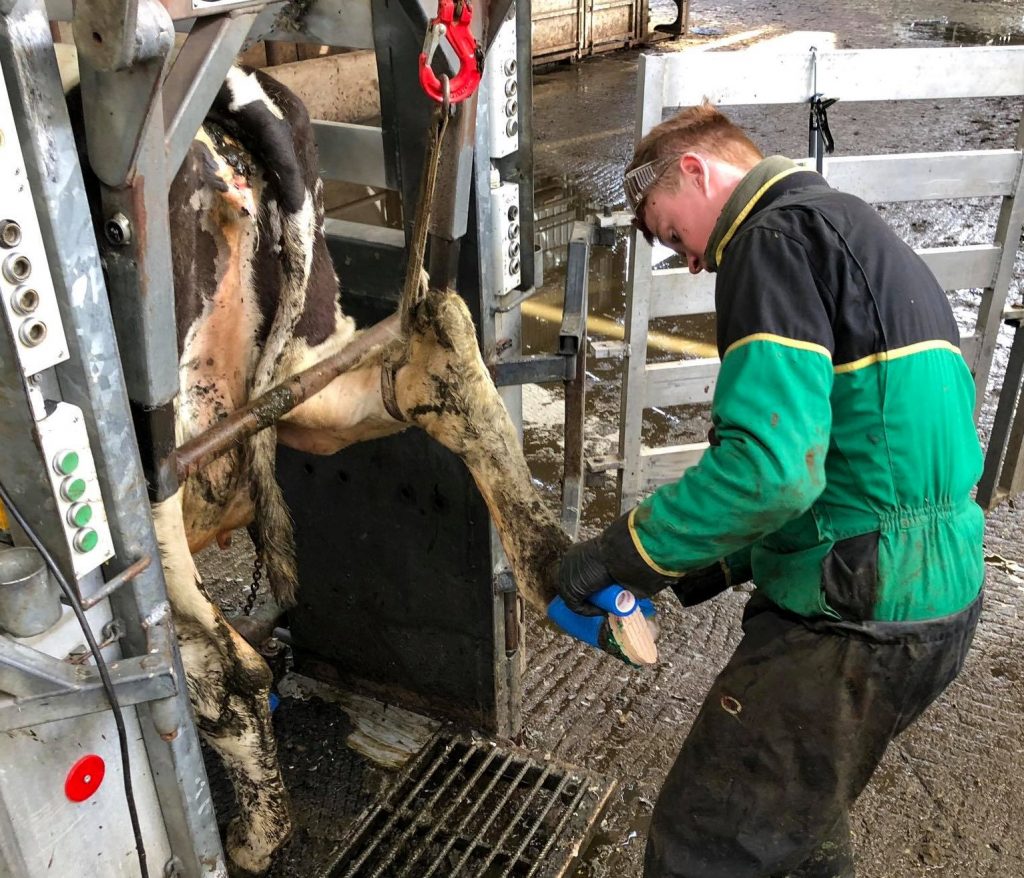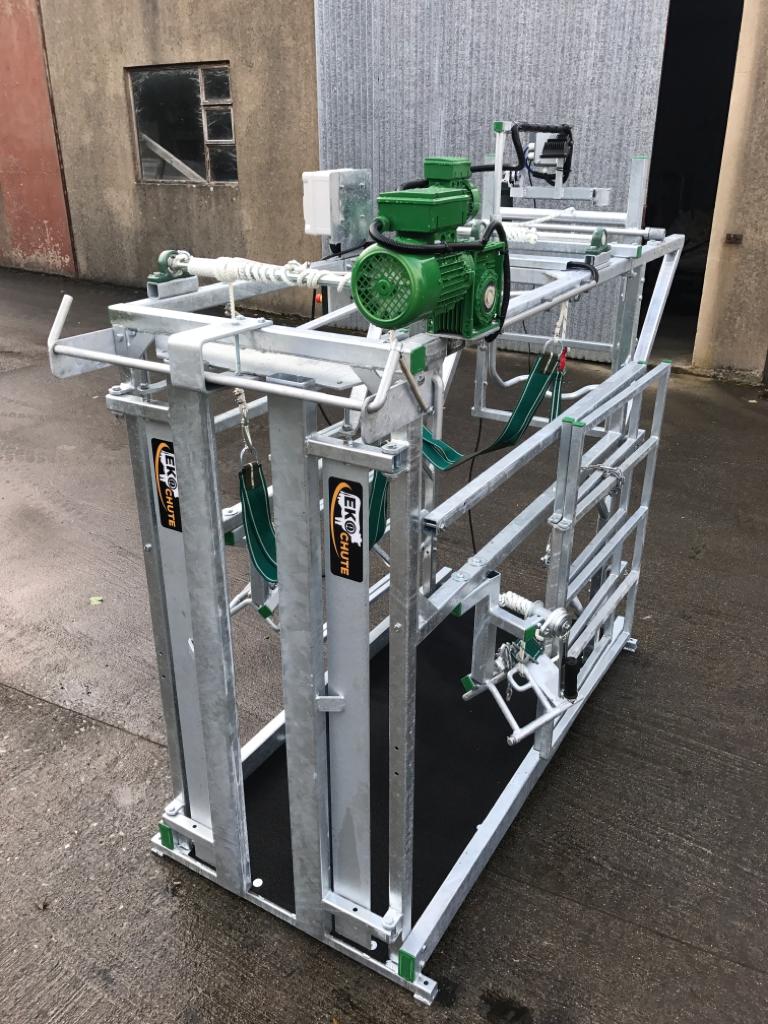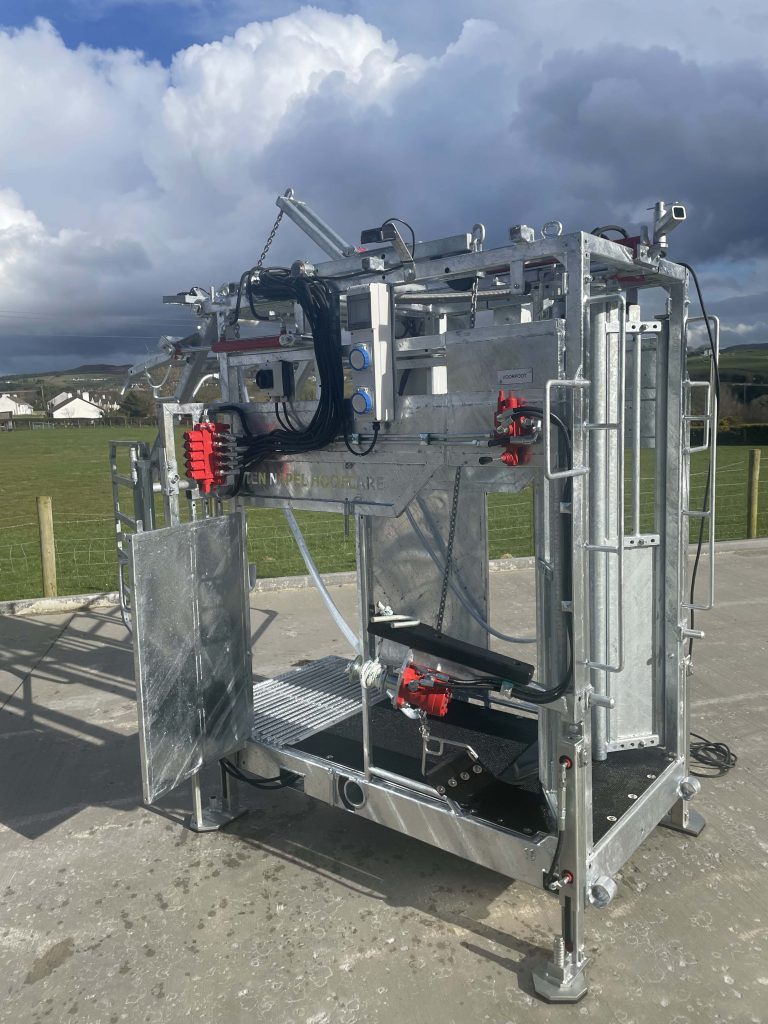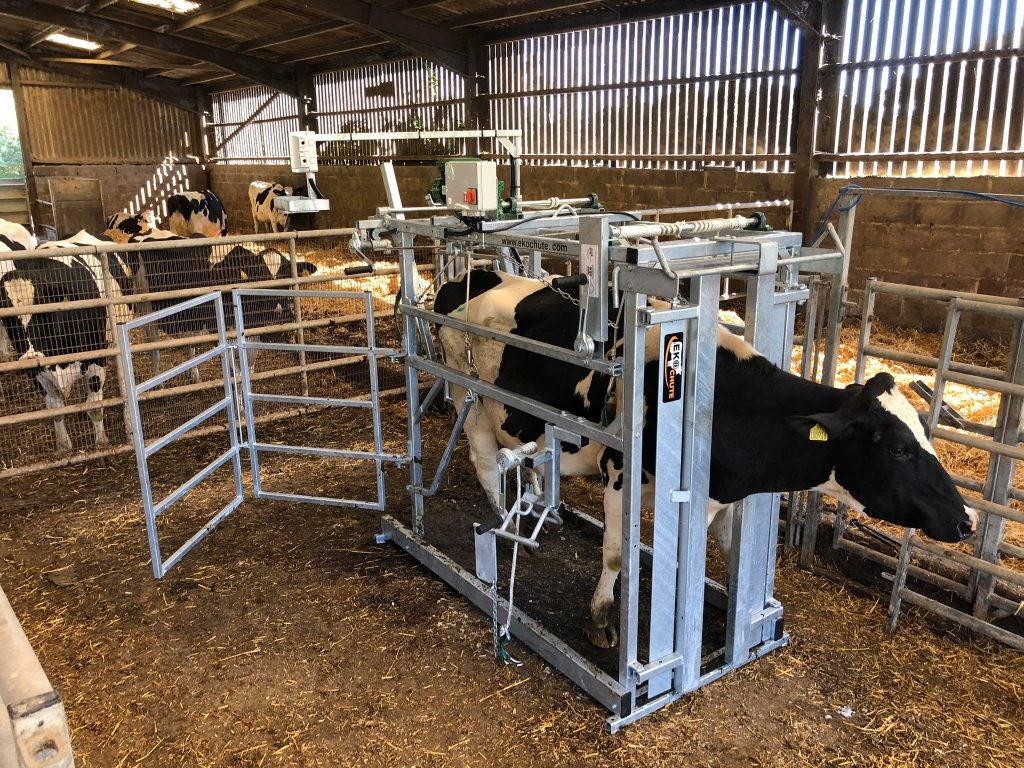No products in the basket.
It’s still not too late to think about getting your hoof health in top condition for the grazing months ahead. While the south of the country has largely seen cows at grass, the north of the country is only now starting to move. The bottom line is, good hoof health means increased production, so now is the time to act, before peak lactation.
We are all too familiar with walking behind our cows in for milking. It never takes long to identify the stragglers. The same familiar back ends, that take up the rear -no pun intended! These are the ladies that need attention right now. If these cows are last in, they are last out. Last to fresh grass, last to water. These cows spend less time on their feet and so before long, their production declines.
How to Improve Hoof Health?
When it comes to lameness of course, no two farms are the same when it comes to causes, prevention and treatment. However here are some simple universal tips every farmer should be employing. These will help their cows perform to their full potential
- Consult with your hoof trimmer. He/she knows what they are doing. They may recommend you speak to your nutritionist if feet are soft. Sometimes a diet adjustment can prevent white line infections and bruising.
- Identify lame cows, draft them, and check them. A serious hoof problem will not go away on its own, so why wait?
- Footbathing is a must. Footbathing maintains hoof health, and prevents lameness. We recommend a footbathing programme using Intra Hoof fit bath and Intra Hoof fit Clean & Control. Avoid formalin at all costs. New studies have proven it to have serious health implications, details can be found here. There are much better antibiotic free footbaths on the market.
- Separate lame cows. If possible, allow a lame cow time to recover, have her grazing smaller paddocks close to the parlour. Minimize her walking distances and her competition for grass until she recovers.
- Continue routine trimming. In good summer weather, it can be difficult to find time to do this. Especially if you trim all your own cows. However, you’ll reap the benefits in the Autumn if hoof health isn’t neglected in the summer. Try to identify overgrown feet and trim them. Remember, hoof trimmers should have more time available in the summer. It may be worthwhile to consider arranging a number of visits if you find yourself struggling for time.
Reducing Lameness at Grass
You may need to take a longer-term approach to reducing lameness at grass. Remember that a lot of the lameness issues you will encounter in the Autumn can often be as a result of the conditions in the summer. If lameness continues to be a big issue, it may be a good idea to evaluate your system. There are two key issues here:
- Roadways: Ask yourself are your roadways in good condition? They may lack top dressing. Jagged stones and uneven surfaces can lead to white line infections and sole ulcers as a result of bruising.
- Distance: How far do your cows have to walk? Remember cows make this journey 4 times a day, so of possible consider changing your grazing platform rotation. Try alternating between paddocks a long distance from the parlour and close to the parlour. This will prevent putting continuous demand on cows for a long period of time.
A lot of the time you will find yourself preparing well for the future. That is, good hoof health in the spring will set you up well for the summer. Similarly, good hoof health in the summer will have you well organized for the autumn, and so on.
For more information on footbathing or hoofcare practices, speak to one of our team today on 00353 87 090 0360 or info@ekohoofcare.com










